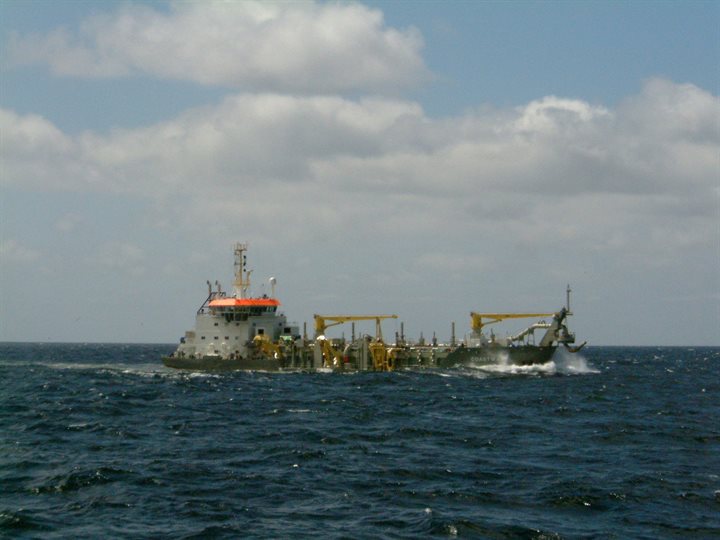Dredging/dredge spoil and Natura 2000
Dredging operations are conducted on the North Sea to keep navigation channels deep enough for shipping and to be able to extract surface minerals. Sand from a channel in the 'coastal base' for example, in the vicinity of the ports of Rotterdam, Scheveningen and IJmuiden, must also be spread in that zone (up to the Amsterdam Ordnance Datum -20m depth line).

Dredging sludge from rivers, canals, ports, urban canals, ditches, lakes and other bodies of water in which it is important to maintain a specific depth is also dumped at sea. Approximately one fifth of that dredging sludge is contaminated with heavy metals, polycyclic aromatic hydrocarbons (PAHs) and mineral oil. The fraction of this that is too heavily contaminated under the terms specified in the Seawater Pollution Act (Wvz) must be emptied into a dredge spoil pit. The fraction that is clean enough may be discharged at sea, for which a dispensation under the terms of the Wvz is required. The discharge of dredging sludge in coastal waters requires a permit under the terms of the Water Act.
The drawing up of the Natura 2000 management plans must make clear whether and under what conditions it is possible to designate discharge compartments for dredging spoil in Natura 2000 areas.